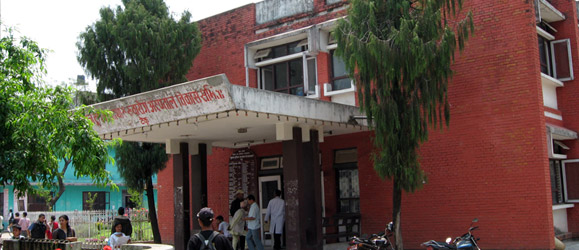Capital sees increase in cholera cases
Kathmandu, September 2
Are you fastidious about washing hands before eating? If you are not, then it is about time that you practised this habit, as a cholera outbreak stares Kathmandu Valley in the face.
A number of cholera patients have been admitted in the Valley, as per Dr Bhim Acharya, Director of Epidemiology and Disease Control Division at the Ministry of Health and Population, Department of Health Services, Teku.
In the last three-four days, cases of cholera have been reported from Thankot and Lalitpur, according to Dr Acharya.
“In the last two weeks, we have treated 16 cholera patients in the hospital. Seven of those were from Thankot,” informs Dr Anup Bastola, Consultant Tropical Medicine Physician at Sukraraj Tropical and Infectious Disease Hospital, Teku.
The first cholera case was reported in the Valley in mid-April and the number of cases multiplied in the end of July, as per Dr Bastola.
As many as 132 cases of cholera have been reported since mid-April. Of these, 107 cases are from Lalitpur, 18 from Kathmandu, one from Bhaktapur and the addresses of six patients are not known, added Dr Acharya.
The disease is transmitted by vibrio cholerae bacterium. Drinking/eating contaminated water and food causes the disease.
“In the last two weeks, a number of cases of cholera from Bhaisipati and Thankot have been reported. Most of them live at construction sites in Bhaisipati.
In Thankot, the disease has spread, as people consume water directly from spouts without boiling. Immediate treatment is necessary, as the disease can cause death within hours,” added Dr Bastola.
Till last year, the disease was caused in the country by a strain of cholerae bacterium, O1 ogawa serotype.
However, since last year, inaba, another strain has been seen in patients, according to Dr Bastola. “Out of 76 patients diagnosed last year, inaba strain was found in one patient. However, two patients have been diagnosed with the same strain this year.
This shows that cholerae bacterium is slowly and gradually becoming antibiotic resistant.
We are using the same medicine that we use for the O1 ogawa serotype for the treatment and it has been quite effective,” added Dr Bastola, but he fears that the strain might become more resistant to medicine and the medicine might stop being effective.






